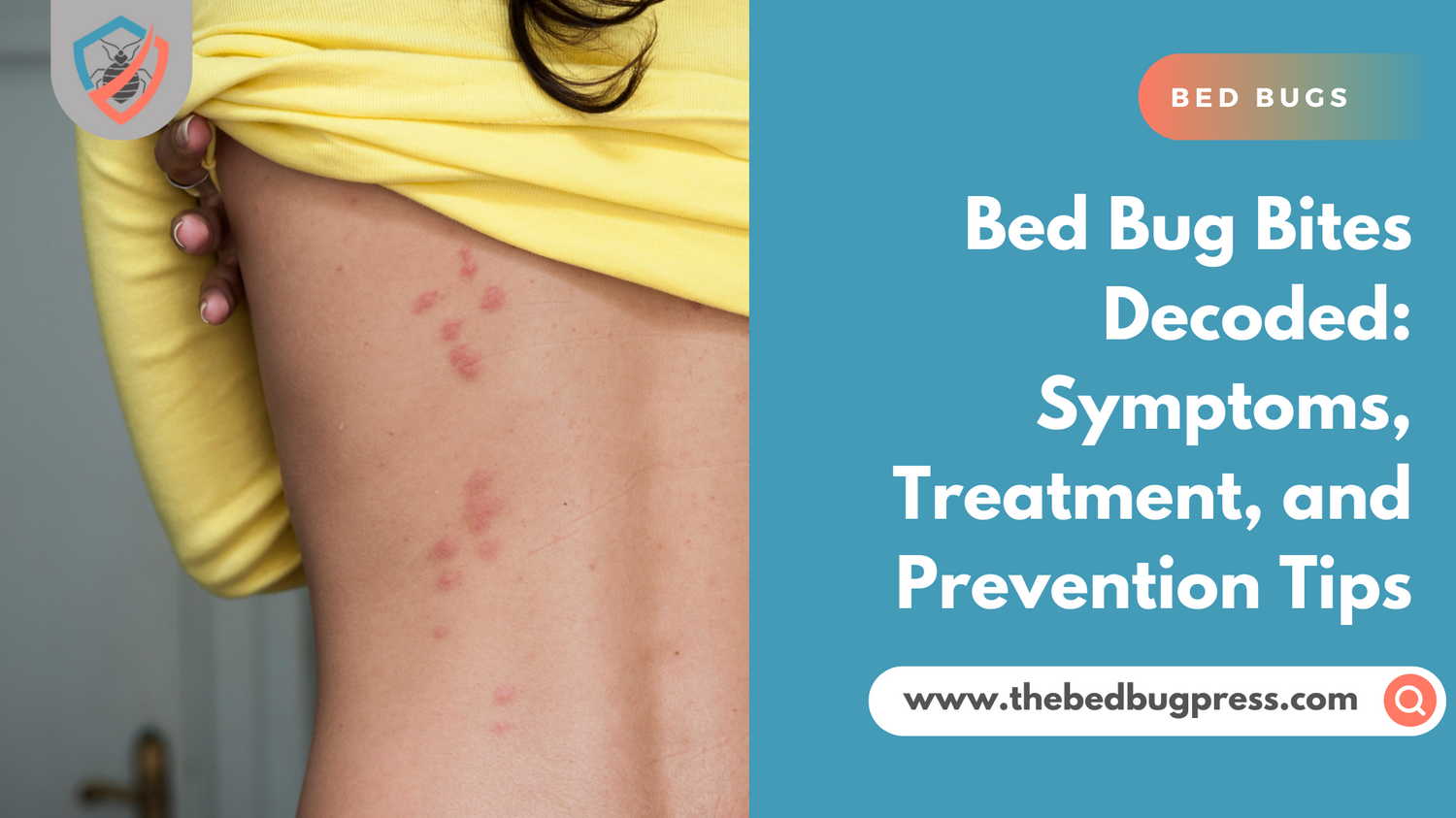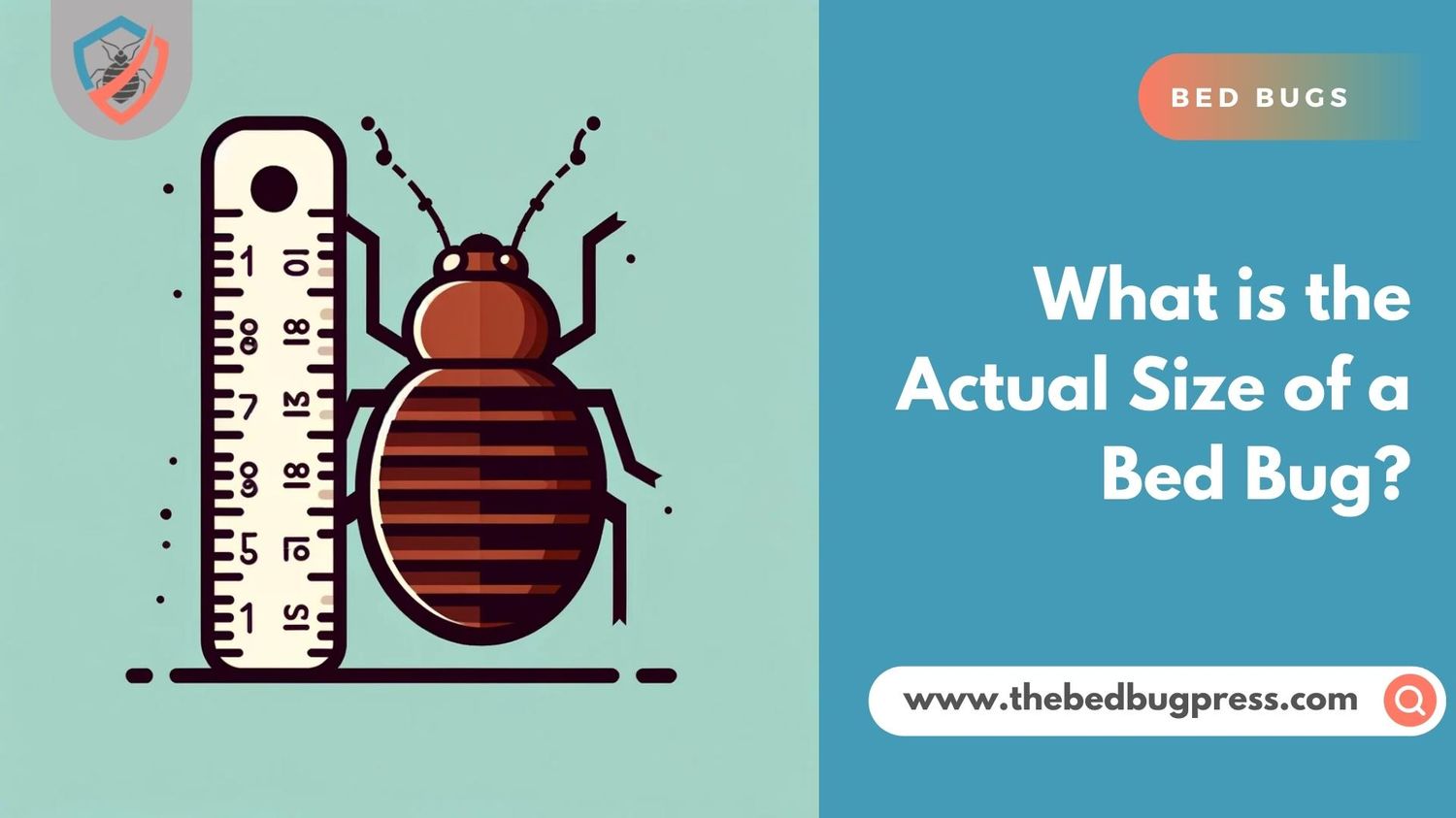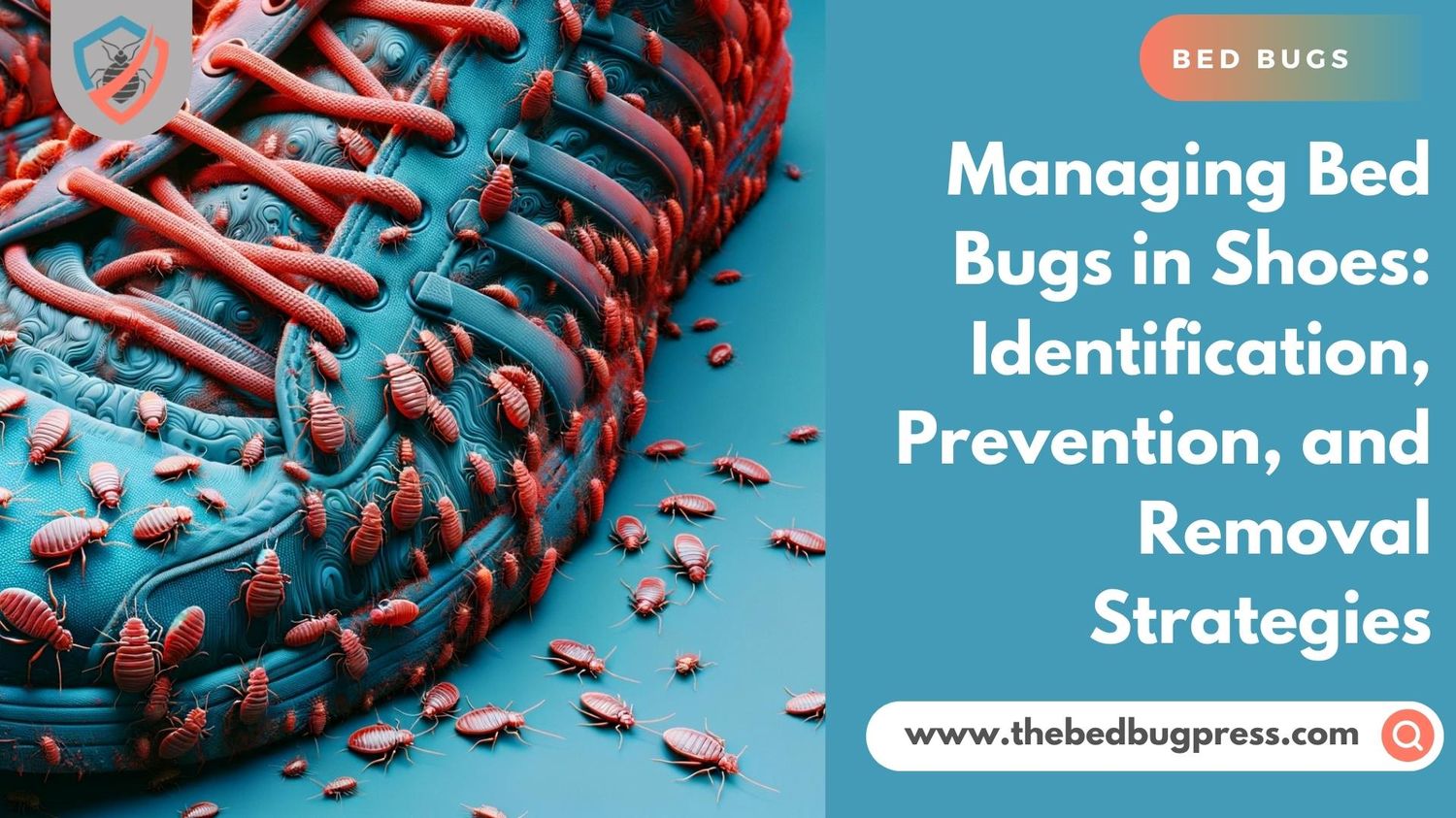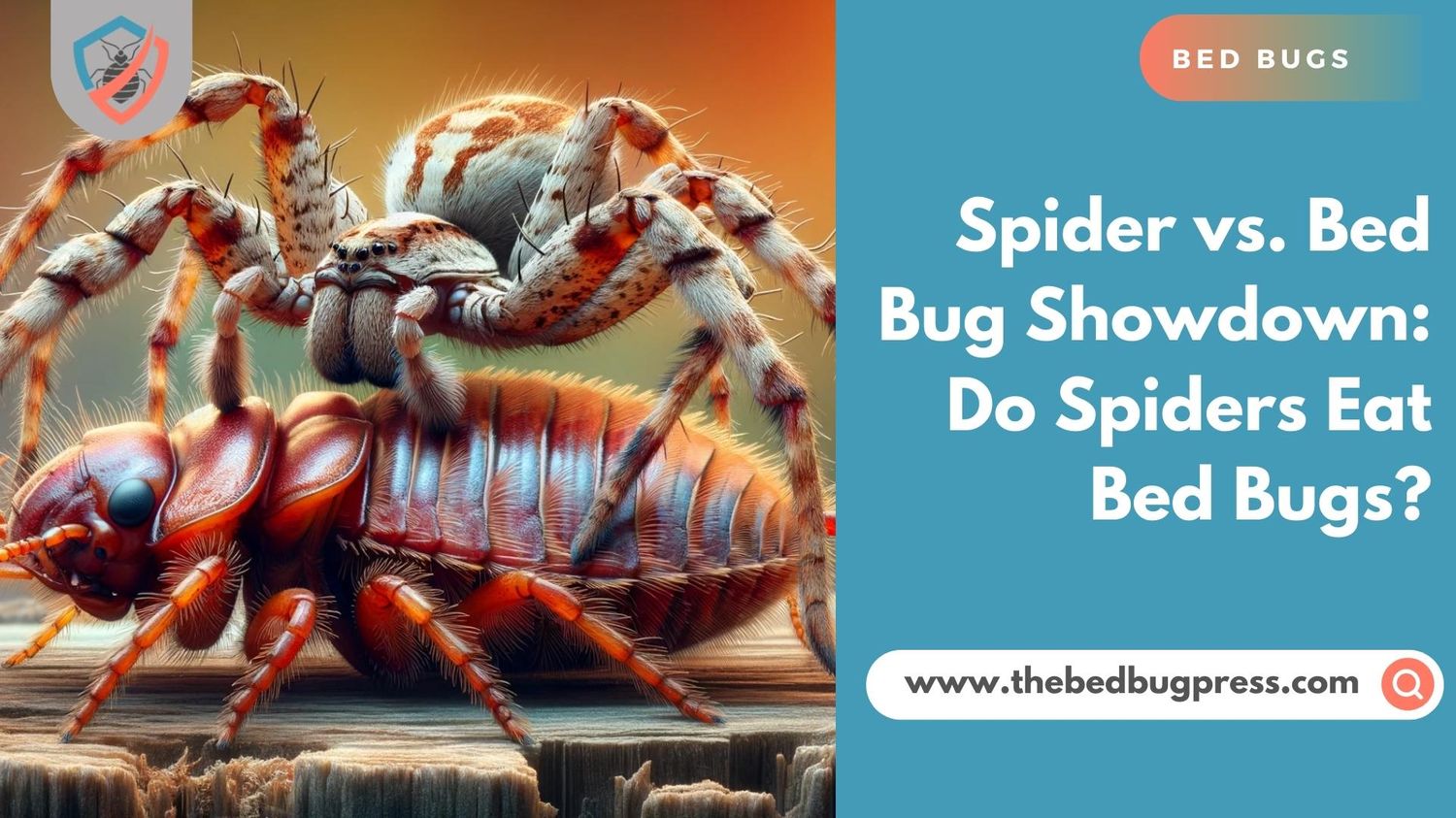I. Introduction
Bed bugs and fleas are both common household pests that feed on the blood of humans and animals. Bed bugs are small, flat, reddish-brown insects that can be found in cracks and crevices around beds and furniture. Fleas are also small insects, but they have a more oval-shape body and are commonly found on pets or in carpeted areas.

Brief Overview of The Similarities and Key Differences Between Them
While there are some similarities between bed bugs and fleas, such as their feeding habits, there are also several differences between these parasitic insects. For example, bed bugs do not jump as fleas do, and they tend to bite humans in a straight row on the skin. Fleas, on the other hand, can jump up to 150 times their height and bite in a cluster pattern.
In this article, we will explore the similarities and differences between bed bugs and fleas in greater detail. We will discuss their appearance, behavior, feeding habits, health risks associated with each pest, detection methods, treatment options, and prevention tips. By the end of this article, you will have a better understanding of these pesky creatures so you can take steps to prevent bed bugs or fleas from infesting your home or business.
II. Appearance and Behavior
Physical Appearance of Bed Bugs and Fleas
Bed bugs and fleas have distinct physical characteristics that set them apart from one another.
Bed Bugs
Small, flat, oval-shaped insects
Adults are about the size of an apple seed (4-5 mm)
Reddish-brown in color
These are wingless insects
Have six legs and two antennae.
Their bodies become swollen and reddish after feeding on an animal or human blood
Fleas
Small, oval-shaped insects with a hard exoskeleton or protective casing
Adults are about 1/8 inch long (2.5 mm)
Dark brown or black in color
Wingless (but can jump up to 150 times their height)
Have six legs and long hind legs adapted for jumping.
Differences In Behavior Between Bed Bugs and Fleas
While both bed bugs and fleas feed on the blood of humans and animals, they have different behaviors when it comes to finding their next meal.
Bed Bugs
Bed bugs are primarily nocturnal creatures that hide during the day in cracks and crevices around beds, furniture, and walls. They can also be found in luggage, clothing, and other items that have been near an infested area. When they sense a potential host nearby (via body heat or carbon dioxide), they emerge from their hiding spot such as the bed frame or box spring to feed on the exposed skin of the host.
Fleas
Fleas are more active than bed bugs and can jump onto hosts as they pass by. They typically live on pets such as dogs or cats but can also infest other animals like rats or squirrels. Flea eggs can be found in carpeting or bedding where pets sleep or spend time. Once a flea hatches from its egg, it will begin to search for its next meal by detecting vibrations, body heat, and carbon dioxide emitted by potential hosts.
Understanding these differences in behavior is important when it comes to preventing an infestation and choosing treatment methods.
Diet and Feeding Habits of Bed Bugs VS Fleas
Bed Bugs
Bed bugs prefer feeding on the blood of humans and animals, and they require a blood meal to molt and reproduce. They are attracted to their hosts by body heat, carbon dioxide, and other chemicals that are released when we sleep. Adult bed bugs typically feed at night while their host is sleeping, injecting an anticoagulant into the skin to prevent blood from clotting. A single feeding can last anywhere from a few minutes to 10-15 minutes.
Fleas
Like bed bugs, adult fleas also feed on the blood of humans and animals. However, fleas are more opportunistic feeders than bed bugs and will often jump from one host to another if their preferred host is unavailable. Fleas use their powerful hind legs to jump onto their hosts, where the flea’s specially built mouth is used to pierce the skin and suck blood. Flea bites can be very itchy and cause allergic reactions in some people.

IV. Health Risks
Potential Health Risks Associated with Both Bed Bugs and Fleas
Both fleas and bed bugs have been known to spread diseases, although this is relatively rare. The primary health risk associated with these pests is the itching and discomfort caused by bed bug bites.
Comparison of Severity of Health Risks Caused by Each Insect
While both bed bug bites and flea bites can be uncomfortable, flea bites tend to be more severe due to their larger size and tendency to cluster together on the skin. Flea bites can also lead to secondary infection if scratched excessively.
V. Detection Methods
Detecting the Presence of Bed Bugs
Bed bugs can be difficult to detect because they are small in size (about the size of an apple seed) and tend to hide during the day. Signs of a bed bug infestation may include:
Live or dead bed bugs
Small rust-colored spots on animal sleeping areas or furniture (bed bug fecal matter)
Tiny white bed bug eggs or eggshells
An unpleasant musty odor
Detecting the Presence of Fleas
Fleas can be easier to detect than bed bugs because they often leave behind physical evidence such as flea dirt (small black specks that resemble pepper) or live fleas jumping around on your pet’s fur. Signs of a flea infestation may include:
Excessive scratching or biting behavior in your pets.
Presence of flea dirt on your pet’s fur or pet bedding
Small red bumps or welts on your skin after being bitten by fleas
VI. Treatment Options
Different Treatment Options Available for Getting Rid of Bed Bugs
Treatment options for bed bug infestations may include:
Vacuuming up any visible bed bugs or eggs
Steam cleaning carpets, bedding, curtains, etc.
Using insecticides specifically designed for bed bug control.
Using heat treatments (such as professional-grade heaters) to kill off all stages of bed bugs
Different Treatment Options Available for Getting Rid of Fleas
Treatment options for flea infestations may include:
Regular bathing/grooming/brushing your pets with flea shampoo/treatments.
Vacuuming carpets/furniture/upholstery regularly
Using insecticides specifically designed for flea control
Treating outdoor areas where pets spend time with pesticides/insecticides

VII. Prevention Tips
Ways To Prevent a Bed Bug Problem in Your Home or Business
Prevention tips for avoiding future infestations may include:
Inspecting hotel rooms/rental properties before staying there overnight
Avoiding used furniture/items that may have come into contact with bedbugs
Covering mattresses/box springs with protective covers
Regularly washing/drying bedding/clothing at high temperatures
Ways To Prevent a Flea Problem In Your Home or on Your Pets
Prevention tips for avoiding a flea infestation may include:
Regularly using preventative treatments (such as topical solutions) on your pets
Keeping your home clean/vacuumed regularly.
Treating outdoor areas where pets spend time with pesticides/insecticides.
VIII. Conclusion
Final Thoughts on Which Is Worse: Bed Bugs or Fleas
Both bed bugs and fleas can be a nuisance to deal with and can cause discomfort due to their bites. While flea bites tend to be more severe than bed bug bites, the severity of health risks caused by the itchy bites by each insect is relatively low.
Prevention is key when it comes to avoiding an infestation of either pest, or early detection is important for effective treatment. It’s important to take action quickly or call a professional pest control company if you notice bed bugs or fleas to minimize the spread of these pests in your home or business.







